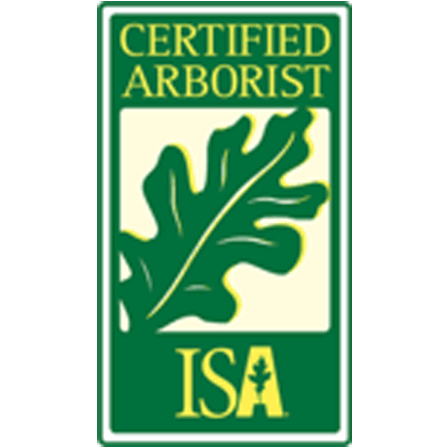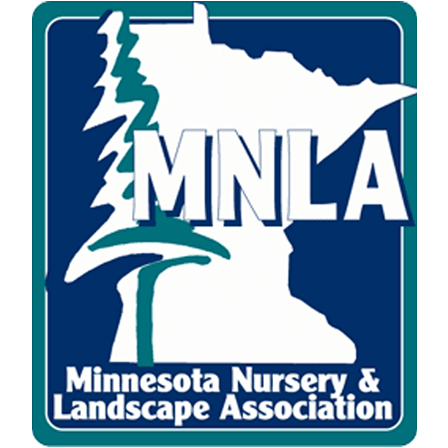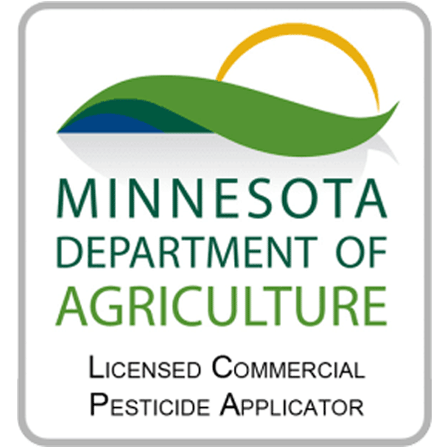Maple Grove, as the name would imply, is a well-forested town and is unfortunately the latest city to have seen recent finds of Emerald Ash Borer (EAB). The rapacious spread of EAB, an invasive beetle that has killed tens of millions of ash trees across the U.S., is not something to take lightly and residents should remain vigil of this destructive tree disease.
WHAT IS EMERALD ASH BORER (EAB)?
Emerald Ash Borer (EAB), Agrilus Planipennis Fairmaire, is an exotic beetle that was discovered in southeastern Michigan near Detroit in the summer of 2002. The adult beetles nibble on ash foliage but cause little damage. However, the larvae (the immature stage) feed on the inner bark of ash trees, disrupting the trees' ability to transport water and nutrients.
Since its discovery, EAB has:
Killed hundreds of millions of ash trees in North America.
Caused regulatory agencies and the USDA to enforce quarantines and fines to prevent potentially infested ash trees, logs or hardwood firewood from moving out of areas where EAB occurs.
Cost municipalities, property owners, nursery operators and forest product industries hundreds of millions of dollars.
WHERE HAS EAB BEEN FOUND IN MINNESOTA?
Recent finds of EAB include forested areas south of Lake City (Wabasha County) and the City of Maple Grove (Hennepin County). Keep tabs on all the places where EAB is known to be present at the MDA website. Users of the online map may notice the addition of a green boundary which helps to describe EAB-infested areas. The boundary is created by a function that buffers infested trees on the map and consolidates them into an infested area. The more infested trees in an area, the larger the buffer that is created.
Read Our Other Blogs
WHAT ARE THE SIGNS OF EAB?
Signs of EAB infestation usually only become apparent once a tree has been heavily infested. These signs include the loss of green color in the uppermost leaves (chlorosis) and thinning and dieback of the crown. As the infestation continues, the tree may develop sprouts (epicormic shoots) from the roots, trunk or branches, in an effort to find new ways to transport nutrients. Eventually, however, with more and more of the crown dying, the tree will starve to death. As they emerge from ash trees in spring, adult Emerald Ash Borers leave behind distinct D-shared exit holes. These holes are approximately 1/8" wide and can be oriented in any direction and are a strong indicator of EAB.
If you are worried about whether or not EAB is infecting your trees, contact your local Birch Tree Care certified arborist to request a consultation and get an inspection.










